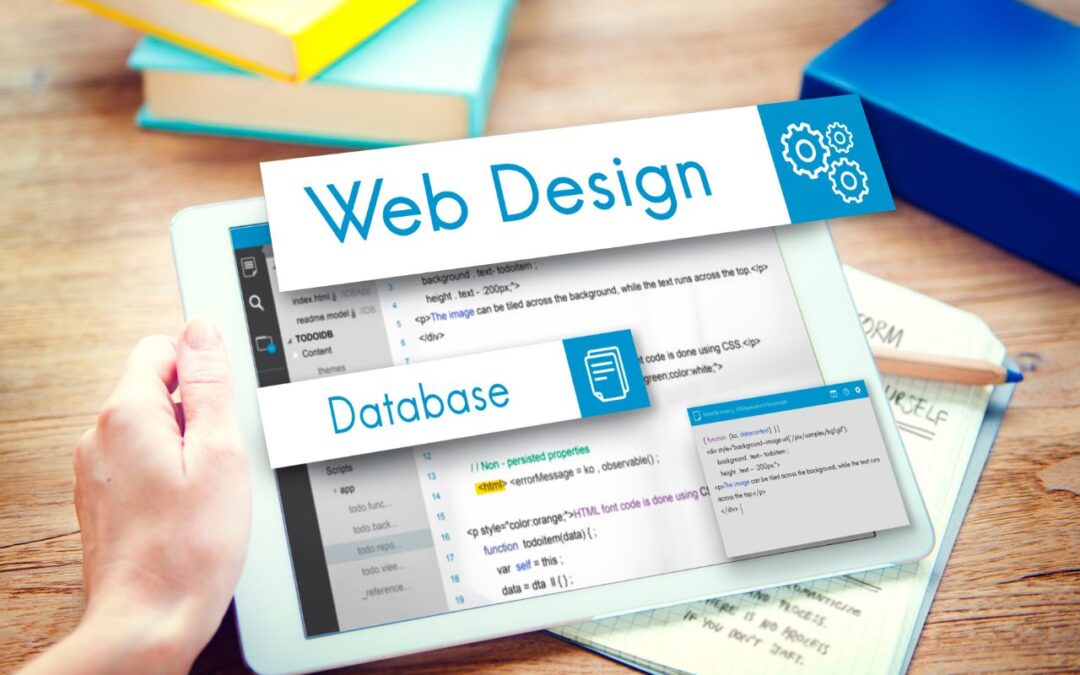Understanding the Evolution from Web 2 to Web 3
From its inception, the internet has undergone rapid transformations. Web 1.0 was static and read-only. Web 2, with all the dynamic content, interactivity, and social networking, changed forever how we interact on the Internet.
We are now in the process of seeing the emergence of Web 3.0—a decentralized, blockchain-based version of the internet focused on user ownership, privacy, and transparency. One of the areas drawing the utmost attention during this transformation is Web 3 design.
What Is Web 3 Design?
Web3 design is an umbrella term for UI and UX design practices used in the creation of applications and websites built on decentralized technologies.
Whereas traditional web design would rely heavily on centralized servers and generic databases, Web 3 design adds extensions that include wallets, smart contracts, dApps (decentralized applications), NFTs, and token-based authentication.
This new design paradigm requires designers to move away from simply button- and color-scheme-related visual design. It demands a design mindset that changes the very interaction between users and the web with an emphasis on trustless environments, user sovereignty, and seamless blockchain integration.
The Prominent Factors of Web 3 Design:
Putting things together for Web3 is a complicated process and requires making sure several key principles are considered for its successful execution:
Decentralization: In Web3, no single entity is in control. Design must allow for peer-to-peer interactions and decentralized data structures.
Transparency and Privacy: Users demand clarity in how their data is used but also expect tools to protect their subjective privacy. The design interface must strike that balance.
Ownership and Control: Web3 stresses digital ownership, whether it’s an NFT or a DAO vote. UX design should afford users intuitive options in managing their assets.
Security and Trust: Interactions with smart contracts must be clear and verifiable. A user should feel confident whenever they sign a transaction or link a wallet.
Wallet Integration Design
Most of Web3 usability concerns crypto wallets like MetaMask, WalletConnect, or Coinbase Wallet. These tools double as authentication layers and asset managers. From a design perspective, integrating wallets into your UI needs to be smooth. Users need to connect, look at their holdings, and go about managing them without too much thinking.
Besides, since wallet-based logging is replacing usernames and passwords, designers need to lead their users through this new system gently, especially those who don’t have a clue about blockchain.
Challenges Specific to Web 3 Interfaces
Even though Web3 opens a bevy of promising opportunities, it throws a cascade of UX challenges:
User Education: Almost every random user has little idea what blockchain is all about. Design needs to educate through onboarding flows, tooltips, and microcopy.
Network errors and transaction delays: Unlike in the Web 2.0 era, when everything was almost instant, blockchain confirmations do take time. Design should include states for waiting and confirmations.
Gas Fee Visibility: Users are annoyed by paying gas fees for their transactions. The interfaces should articulate very well on these fees and show some context.
Multi-chain functionality: Given that the apps work across multiple blockchains (Ethereum, Solana, Avalanche), the interface must provide clarity about the network the user is operating within.
Examples of Strong Web3 Design
Some Web3 platforms with good design are
Uniswap: It goes for a minimalist, clean design geared to simplify convoluted DeFi swaps and to walk users through wallet connections and confirmations clearly.
Zerion: This portfolio app offers a sleek dashboard to track DeFi and NFT assets, with a very fine mixture between functionality and design.
OpenSea: Being the largest marketplace for NFTs, the UI on OpenSea facilitates the browsing, purchasing, and listing of NFTs, coupled with easy wallet interactions and clean aesthetics.
And these examples show how great design can bridge the heavy tech of blockchain and the end-user experience.
Web 3 Design Tools and Frameworks
The Web3 apps require a slightly altered tech stack. Designers and developers tend to
- Libraries such as Web3.js and Ethers.js are used to interact with Ethereum and other blockchains.
- Wallet integrations with tools such as WalletConnect or RainbowKit.
- View layer development with React frameworks such as Next.js and Tailwind CSS.
- dApp-specific UI kits, such as Web3Modal or Moralis UI components.
This knowledge will enable the team to build Web3 products that are not just efficient but also intuitive.
Future Trends in Web 3 Design
Being at a high level, Web3 has the following key trends shaping its design landscape:
Greater Accessibility: Simpler wallet onboarding and cross-platform compatibility.
Mobile-First Interfaces: The majority of users use dApps on phones, thus fueling demand for responsive mobile designs.
Gamification and Metaverse Integration: Expect to see more 3D elements alongside avatars and interactive digital spaces, especially within NFT marketplaces and play-to-earn games.
Better Standards: What Material Design did for Web 2, the new design standards will seek to do for Web 3, allowing for consistency and best practices.
Conclusion
The Web3 design phenomenon is not just a passing trend but an entire rethinking of how people experience the internet. Combining intuitive interfaces and decentralized technologies means a more secure, transparent, and user-oriented web.
Be it a DeFi platform, an NFT collection, or decentralized social networking, design will be a vital part of what matters in the adoption of your project and its long-term success.
In moving toward web-3 design, the talk is not about technology but about re-imagining user empowerment in the digital age. With this evolving set of tools and expectations, designers who step up to this challenge will be carving the future of the web.

